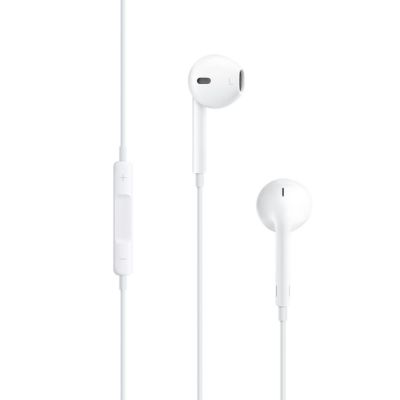Apple has a couple of new patent applications (via AppleInsider) for headset tech that could drastically reduce the power consumption of noise cancelling earbuds, which could also stop or start music automatically based on whether they’re in or out of your ear. The two applications cover different aspects, but all use sensors embedded in earbuds to make more efficient use of power-draining functions on your iPhone or the headset itself.
The first patent details a system where sensors including capacitive touch detectors, accelerometers, force sensors, acoustic sensors and others are used to determine whether the earbuds are in a user’s ear, and can then turn built-in noise cancelling features on or off depending on whether they determine they’re in active use.
The patent describes two types of noise cancellation, including one powered by the headset itself, and another that would operate using the attached device’s processor (Sony’s new Z2 smartphone does this with select earbud styles). In either case, using the noise cancelling features would draw power, so intelligently switching them on or off would have benefits in terms of device battery life.
Apple’s other patent application features the same kind of sensor-based in-ear presence detection, but this time the stated purpose is to pause/play music when it detects the ear buds being either used or removed from a user’s ears. This is discussed specifically in relation to streaming music services, which can use a lot of power on a device because they require constant connections to Wi-Fi, and produce constant network activity.
These filings detail tech that could appear in future headphone tech from Apple, which is interesting given that they just acquired Beats, including its audio accessory hardware division. Apple says it will continue to develop Beats hardware, with oversight for that department falling under Apple SVP Phil Schiller and product design switching to the in-house team, so we’ll see what kind of new tricks might be in store for future products.
